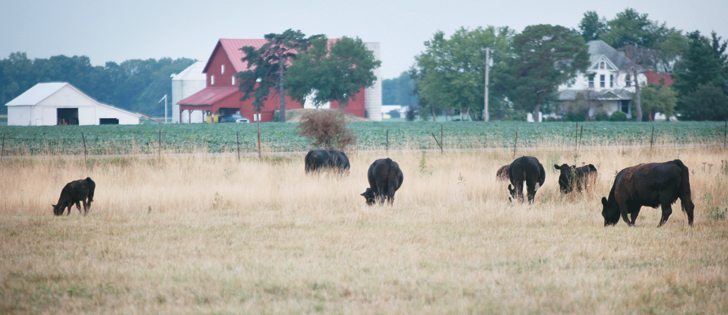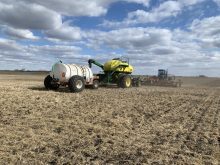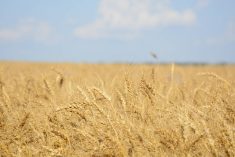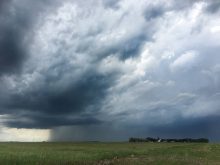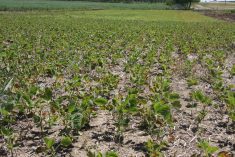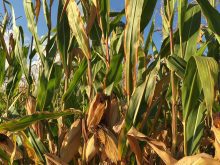It appears for much of the media the words “El Nino” are interchangeable with destruction and disaster.
Maybe it is because El Ninos seem to spark extreme events such as floods and droughts that capture headlines.
But El Nino’s effects on world agriculture are varied and events can unfold in unexpected ways.
It could help produce large crops in the U.S. and South America that would weigh down grain prices even though production might be reduced in Western Canada and Australia.
Read Also

Flax sector sees omega-3 opportunity
SASKATOON — A global shortage of omega-3 oils could be an opportunity for the flax sector, says an industry official….
An El Nino is the phenomenon of warming water in the eastern equatorial Pacific. Most of the world weather agencies say we are in one now. A huge low pressure zone is produced displacing high and low pressure zones around the globe disrupting weather.
The rough rule of thumb with an El Nino is that it tends to produce drier weather in Australia, Southeast Asia and India and wetter weather in central and southern Brazil and Argentina. It can also increase rainfall in California and provide benign weather in the critical Midwest region.
Given the adage that rain make grain, the effects generally, but not always, are crop problems in countries on the west side of the Pacific and crop benefits to the east, in South America.
The variation from the norms depend on whether the El Nino is weak or strong and the interaction of other major systems, such as temperature of water in the Indian Ocean.
There is already a lot of talk the current El Nino could trim crop production in eastern Australia and palm production in Indonesia and Malaysia.
India’s national monsoon forecaster dropped its assessment of the season’s rain to 88 percent of normal, although a major private forecaster thinks conditions in the Indian Ocean will counter the effect of the El Nino and predicts the monsoon rain total at two percent above the long term average.
A summer El Nino can cause dry conditions on the Canadian Prairies and that certainly seems to be happening in Alberta and Saskatchewan.
But it can lead to favourable rains in the U.S. Midwest where the big corn and soybean crops are grown. In May most of the U.S. Plains received 150 to 200 percent of normal rainfall causing flooding and crop problems in Texas and Oklahoma. The Midwest was mostly average to above average.
Bryce Anderson of DTN has written that there were 15 El Ninos since 1951 and in eight of them corn yields were higher than the trend line and seven were below.
In the three since 2000, one was below normal and two above, including 2004 when the yield was 12 percent better than the trend.
If the El Nino carries on into the fall, it could generate rain that interferes with soybean seeding in Brazil and Argentina, but also provide a solid base of soil moisture for the crop that does get seeded, supporting an outlook for good yields.
How this all plays out in the markets can’t be predicted.
Contact darce.mcmillan@producer.com

